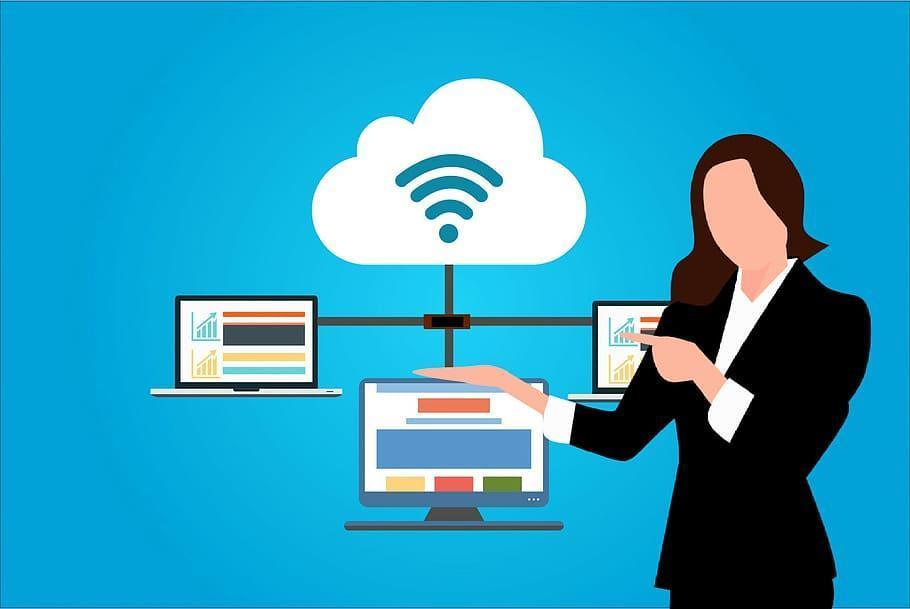Attendance Management Software: Tracking Remote Work Hours Effectively
In recent years, the landscape of work has undergone a significant transformation, with a growing number of employees embracing remote work arrangements. While this shift offers numerous benefits, it also presents challenges for employers, particularly when it comes to tracking remote work hours effectively. In response to this need, attendance management software has emerged as a valuable tool for businesses seeking to monitor and manage remote work hours with precision and efficiency.

The Rise of Remote Work
The rise of remote work has been fueled by advancements in technology, changing attitudes towards work-life balance, and the increasing globalization of the workforce. With the advent of cloud based HR software, video conferencing platforms, and project management software, employees can now collaborate seamlessly from anywhere in the world. This flexibility has empowered workers to achieve greater autonomy and flexibility in how and where they work.

Challenges of Remote Work Hours Tracking
Despite the benefits of remote work, tracking employee hours accurately can be a daunting task for employers. Traditional methods of timekeeping, such as manual timesheets or punch cards, are prone to errors and can be easily manipulated. Moreover, with employees working across different time zones and schedules, maintaining visibility into who is working when can become increasingly complex.

The Role of Attendance Management Software
Attendance management software offers a comprehensive solution to the challenges of tracking remote work hours. By leveraging advanced technology, these platforms enable employers to monitor employee attendance in real-time, regardless of their location. Here are some key features and benefits of using attendance management software for remote work hours tracking:
Automated Time Tracking: This time attendance software allows employees to clock in and out electronically, eliminating the need for manual timesheets. This ensures accuracy and reduces the risk of errors associated with traditional timekeeping methods.
Geolocation Tracking: Some attendance management software solutions offer geolocation tracking capabilities, allowing employers to verify the location of remote employees when they clock in or out. This feature provides an added layer of security and helps prevent time theft.
Flexible Scheduling: With attendance management software, employers can create flexible work schedules tailored to the needs of remote employees. Employees can easily view their schedules, request time off, and manage their availability through the software's intuitive interface.
Integration with Collaboration Tools: Many attendance management software solutions integrate seamlessly with popular collaboration tools such as Slack, Microsoft Teams, and Google Workspace. This integration enables employees to clock in and out directly from these platforms, streamlining the time tracking process.
Compliance Management: Attendance management software helps ensure compliance with labor laws and regulations, even in remote work environments. Employers can set up alerts for overtime, track paid time off (PTO), and generate accurate reports for payroll and compliance purposes.
Best Practices for Effective Remote Work Hours Tracking
To maximize the effectiveness of attendance management software for remote work hours tracking, employers should follow these best practices:
Set Clear Expectations: Clearly communicate remote work policies, including expectations for hours worked, availability, and communication channels.
Provide Training: Offer training and support to employees on how to use the attendance management software effectively, including how to clock in and out, request time off, and view their schedules.
Regular Monitoring: Monitor employee attendance and performance regularly to identify any issues or concerns early on.
Feedback and Recognition: Provide regular feedback and recognition to remote employees for their contributions and achievements, fostering a positive remote work culture.
Stay Flexible: Be flexible and accommodating to employees' needs, especially when it comes to scheduling and time off requests.

Conclusion
In an era of remote work, effective tracking of employee hours is essential for businesses to maintain productivity, compliance, and accountability. Attendance system offers a powerful solution to the challenges of remote work hours tracking, providing employers with the tools they need to monitor and manage remote employees' attendance effectively. By leveraging these platforms and following best practices, businesses can ensure that remote work remains a viable and productive option for their workforce.




